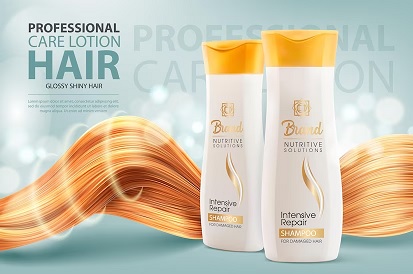Hair care, an integral facet of personal grooming, is often accompanied by a substantial financial investment. Be it a routine trim, a colour touch-up, or a luxurious styling session, the expenses associated with maintaining healthy and fashionable locks can quickly escalate. This article seeks to unravel the intricacies of the factors contributing to elevated hair care costs and offers a myriad of practical tips to navigate this beauty landscape without compromising on quality.
Reasons Behind the Price Tag
At the core of hair care costs lies the quality of products utilized in salons and professional settings. The allure of renowned and high-end brands dominates the shelves, promising not just aesthetic appeal but also tangible benefits for hair health. These premium products often boast formulations enriched with natural ingredients such as essential oils and botanical extracts, elevating the overall experience and outcomes. Furthermore, the deployment of specialized styling tools, crafted with precision and advanced technology, contributes to the perceived value and subsequently, the higher costs incurred. Learn more by reading our Jonsson protein review.
The realm of professional services further compounds the expenditure associated with hair care. Expertise comes at a price, and skilled stylists, coupled with the ambience and amenities of a salon, contribute significantly to the overall cost of the experience. The interplay between top-notch products and service standards establishes a pricing structure that reflects a commitment to delivering excellence in hair care.
The Quality of Products Used
Delving deeper into the quality of products, it becomes evident that in the realm of hair care, one often gets what one pays for. Salon-goers are likely to encounter higher-end brands that have demonstrated superior efficacy compared to their more budget-friendly counterparts. These products not only contribute to the aesthetic appeal of styled hair but may also integrate natural components that foster scalp health and support hair growth.
Moreover, the deployment of specialized tools in salons adds an extra layer to the cost equation. Curling irons, blow dryers, and other styling apparatus, designed with precision and incorporating advanced technology, are often priced at a premium due to their craftsmanship and effectiveness. The incorporation of such tools in the styling process enhances the overall experience but is reflective of the financial investment required.
Professional Services Offered
In addition to product costs, the services rendered by professionals in salons contribute significantly to the overall expense of hair care. The skill and expertise of stylists, combined with the ambience and amenities provided, all play a role in shaping the cost of the service. The comprehensive experience offered by salons, from personalized consultations to meticulous execution, justifies the higher pricing structure.
Ways to Reduce Hair Care Costs
Amidst the apparent financial commitment associated with hair care, there exist pragmatic strategies to mitigate costs without compromising on the quality of service. Embracing a do-it-yourself (DIY) approach to hair care routines stands out as a cost-effective solution. Online tutorials abound, guiding individuals through various styling and maintenance techniques, and empowering them to handle tasks such as cutting bangs or trimming split ends independently. By incorporating DIY practices, one can significantly reduce the frequency of salon visits, translating to substantial savings over time.
Strategic shopping is another cornerstone of managing hair care costs effectively. Prioritize thorough research on hair care product brands, ensuring they align with specific needs and preferences. Actively seek out discounts, coupons, and special promotions to maximize savings on purchases. Additionally, maintaining awareness of product expiration dates helps prevent wastage and ensures optimal utilization of investments.
When considering professional services, a discerning approach can make a substantial difference. Compare prices and read reviews to make informed choices, selecting options that offer the best value for the allocated budget. Exploring alternative service providers, such as independent stylists or training salons, can also present cost-effective alternatives without compromising on expertise.
Conclusion
In conclusion, the cost of hair care is a multifaceted aspect influenced by various factors, ranging from the quality of products to the expertise of professionals. While home-based hair care routines present a more economical option, professional services often come with a higher price tag. Individuals are encouraged to conduct thorough research, considering both product and service aspects, before making decisions about their hair care regimen. By adopting a mindful and informed approach, one can strike a harmonious balance between effective hair care and budgetary considerations, ensuring that every investment contributes to the well-being and aesthetics of their locks.
